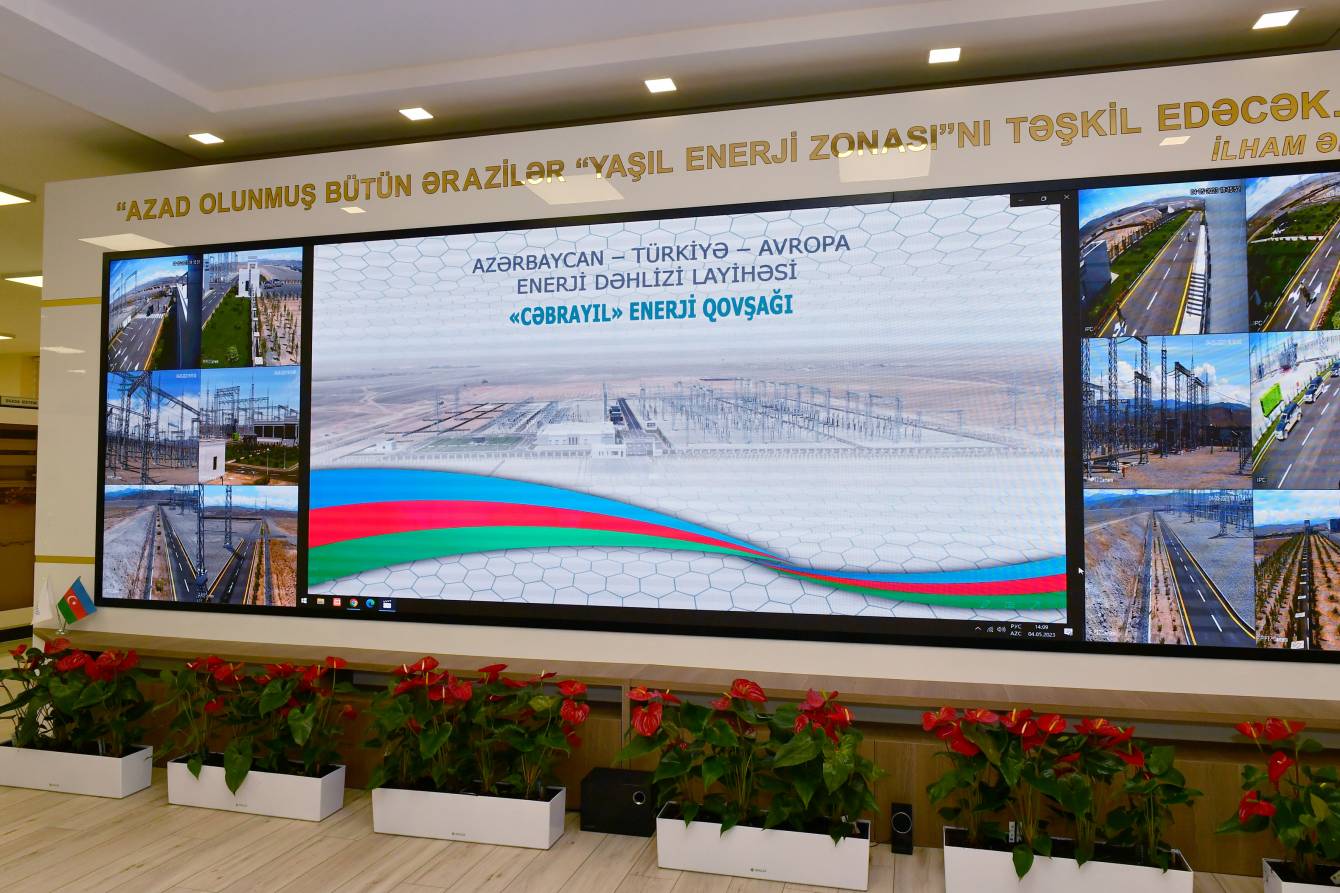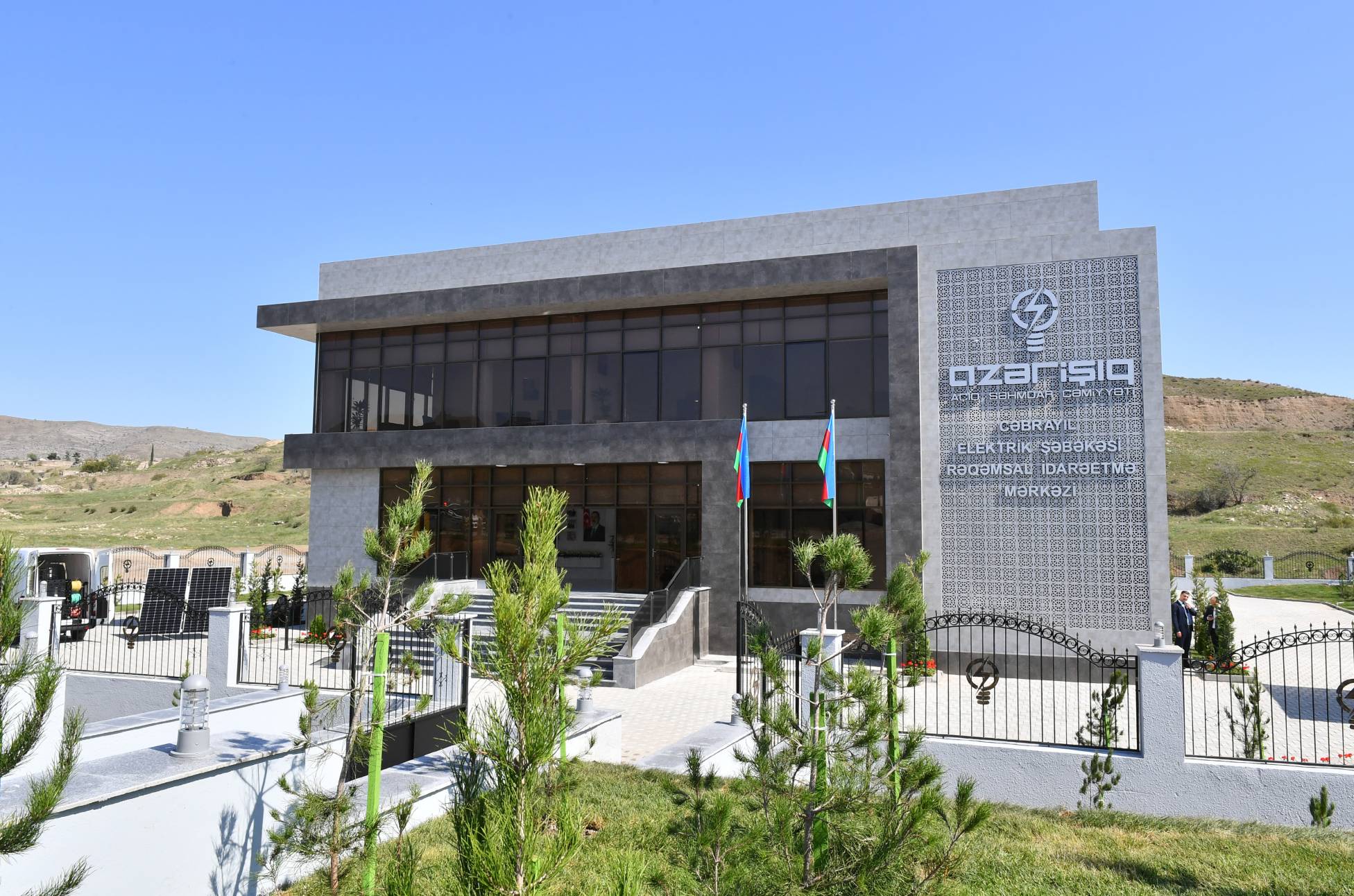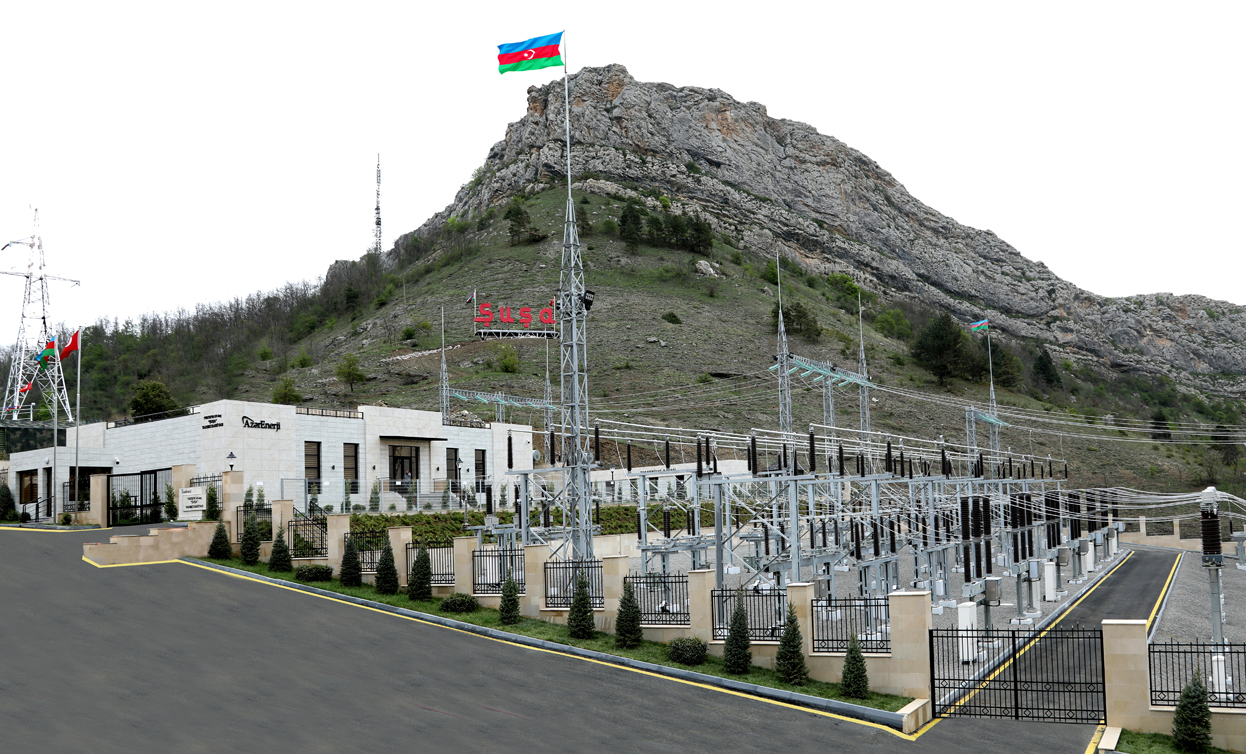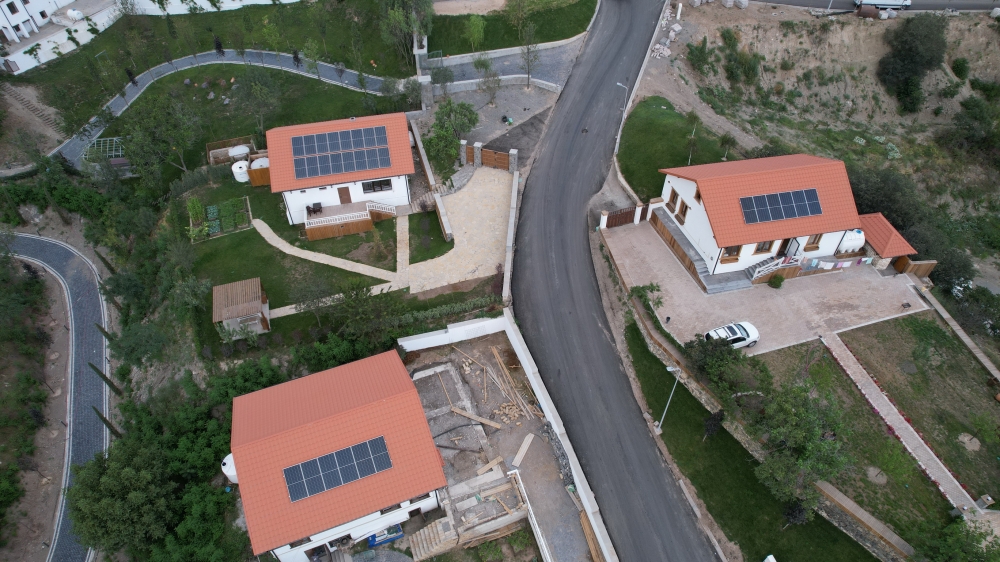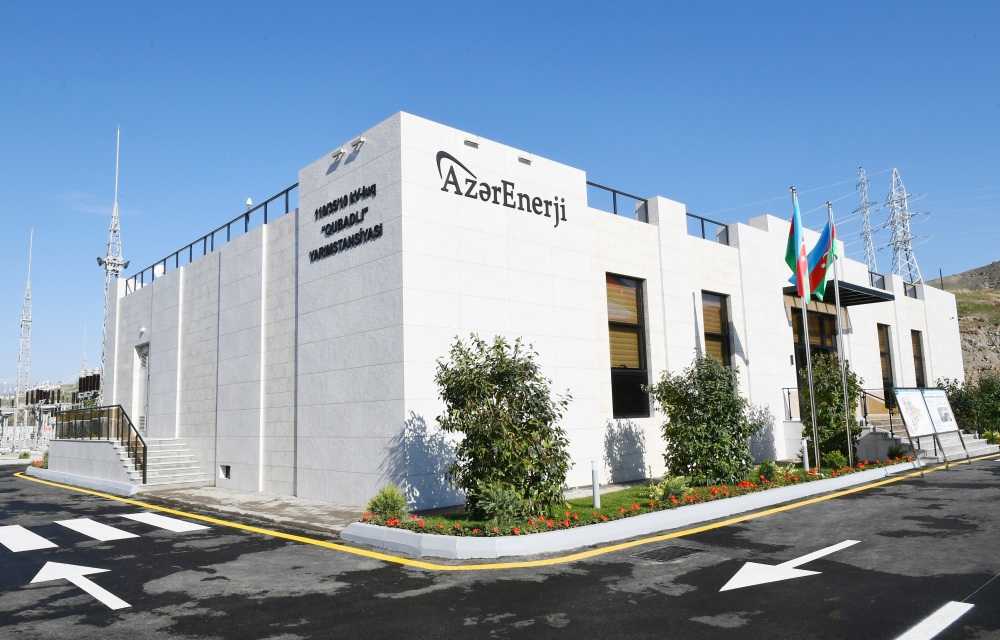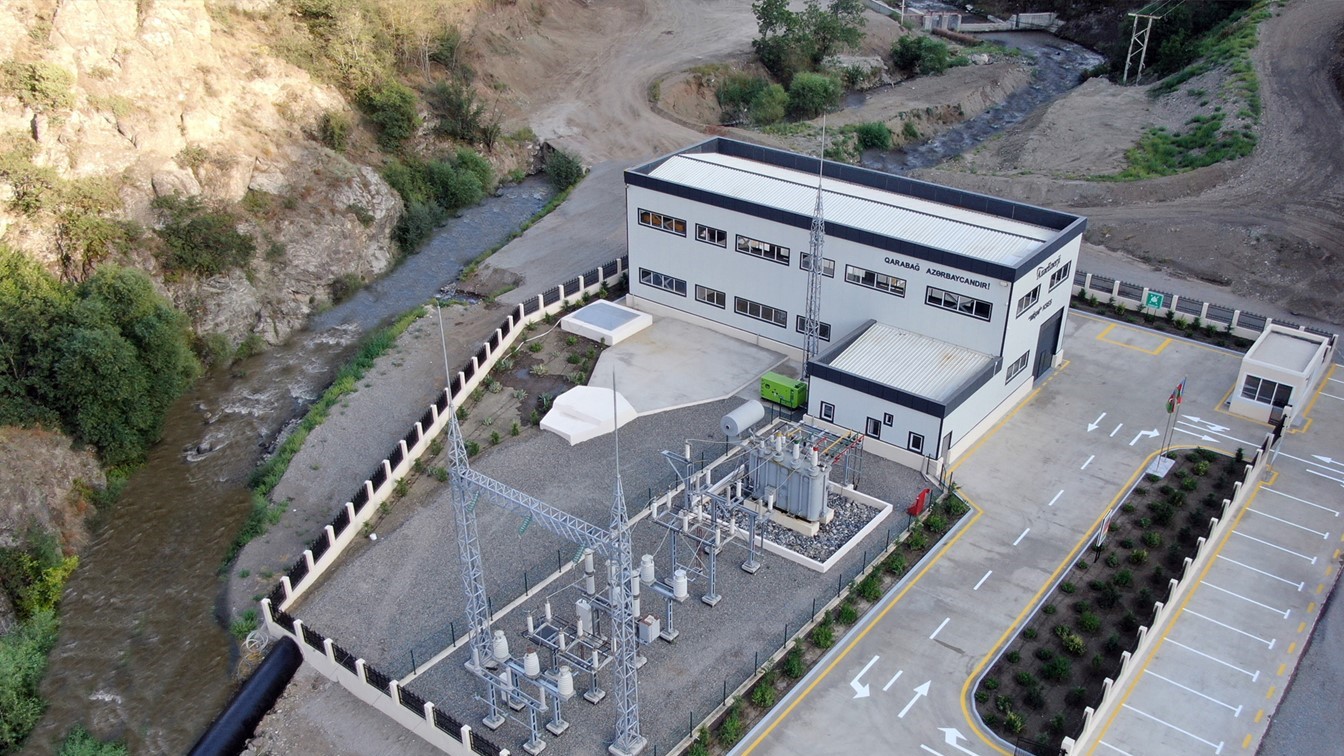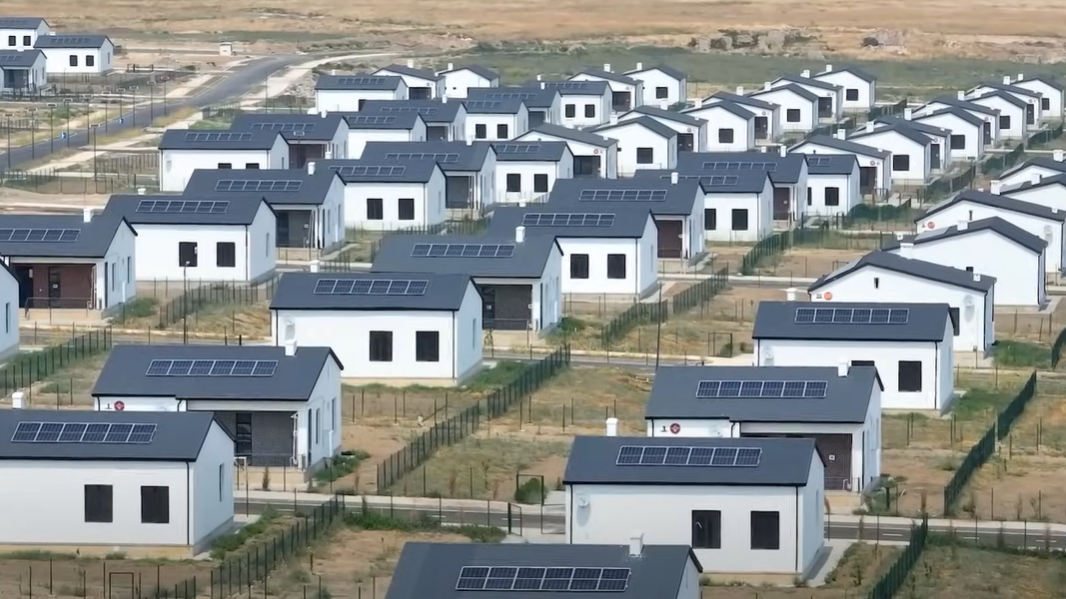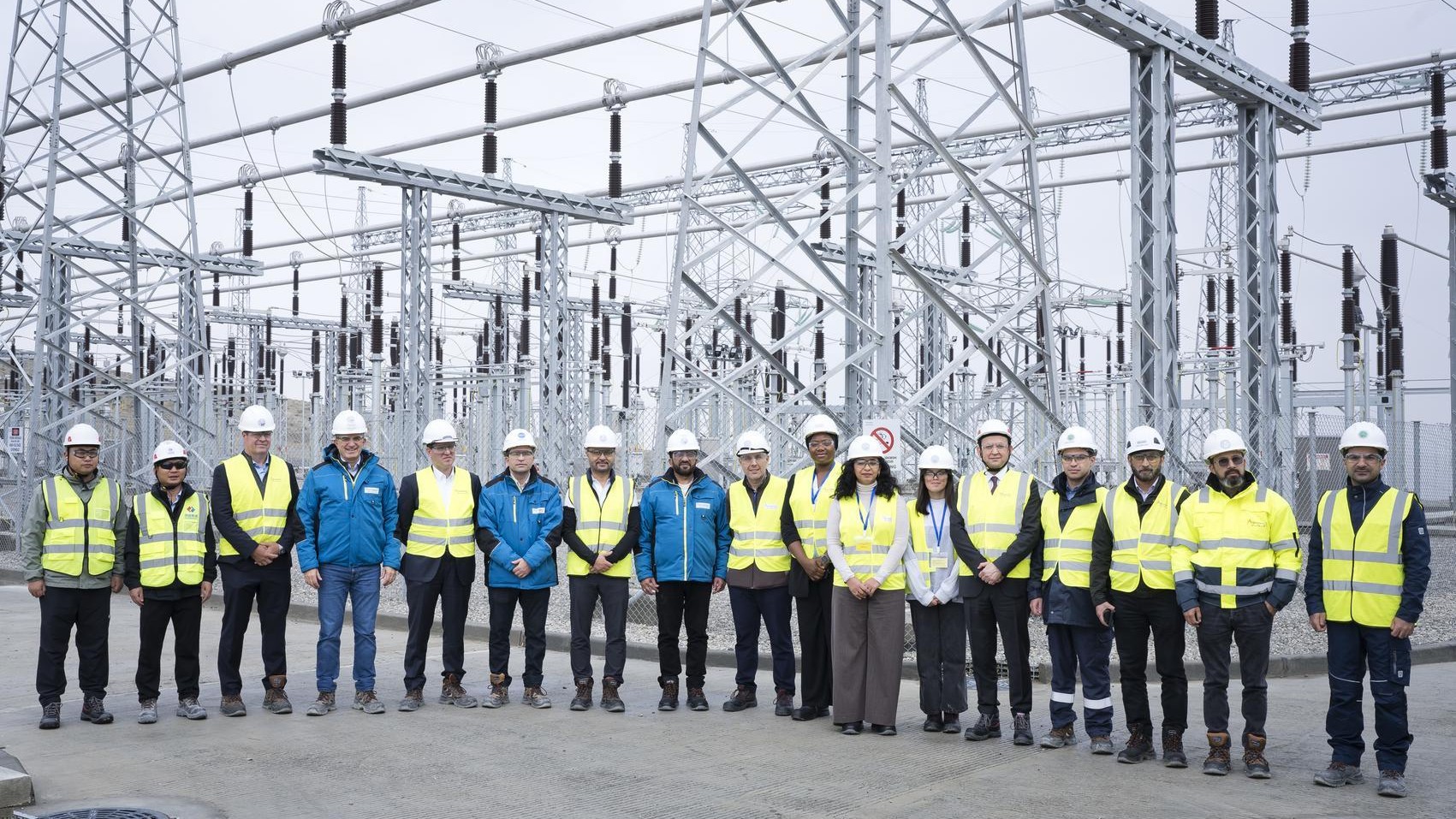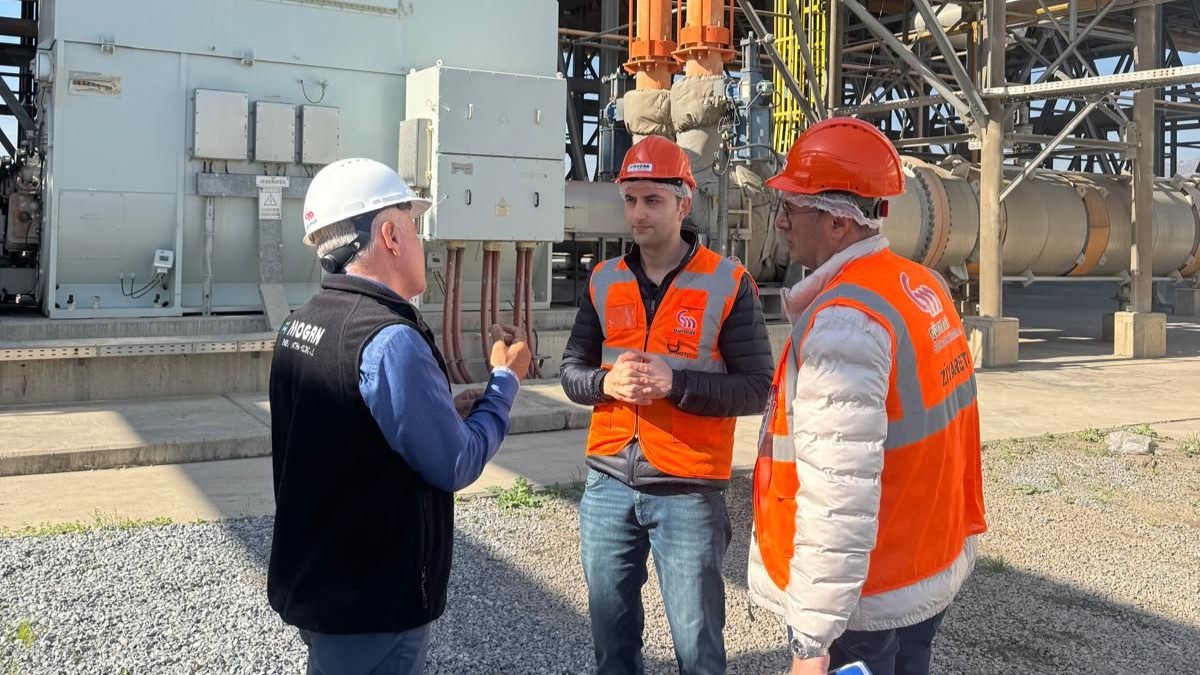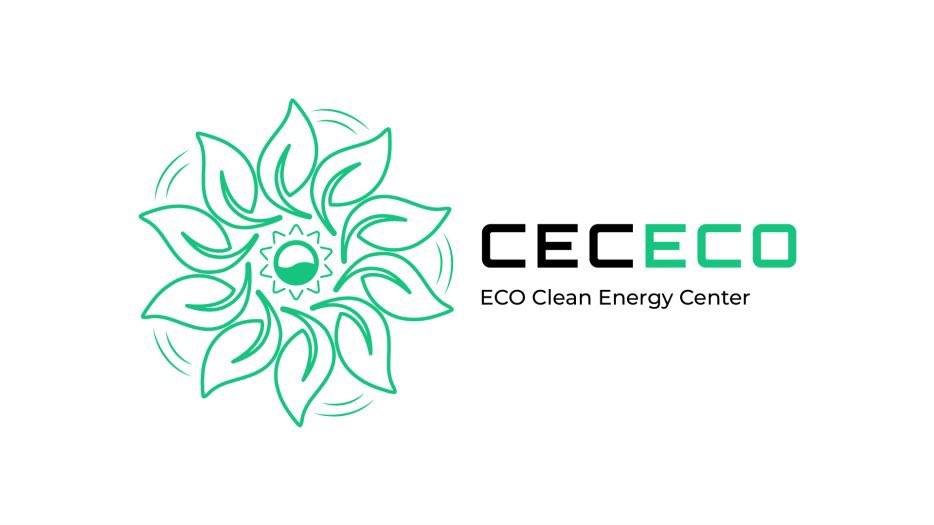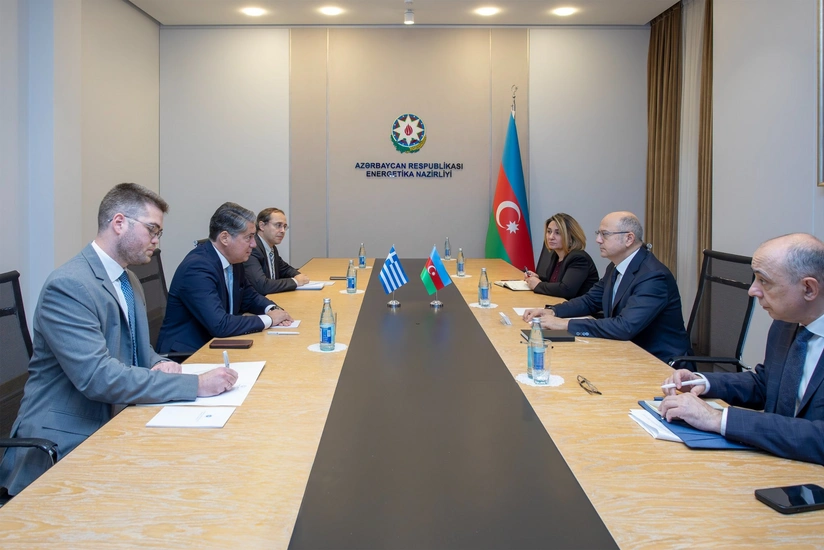Azerbaijan today marks the fifth anniversary of Victory Day — a historic date that restored the country’s territorial integrity and paved the way for a new era of economic and energy independence.
Within the framework of the “Green Energy Zone” concept, the liberated territories of Karabakh and East Zangazur are being developed into major renewable energy centers. Construction of several solar and wind power projects has already begun, alongside large-scale modernization of the regional energy infrastructure.
In Jabrayil, the foundations have been laid for the 100 MW “Shams” and “Ufug” solar power plants, while work continues on the 240 MW “Shafag” project. In Kalbajar, the company Baltech has started measuring wind potential at an altitude of 3,100 meters above sea level to prepare for a 240 MW wind power plant.
Over the past five years, more than 1,000 km of high-voltage transmission lines have been constructed and substations have been built in these regions. Hydropower remains one of the key sources of clean electricity in the region. Last year, 573 million kWh of electricity were produced, meeting 40% of local demand, with the remaining 60% supplied to the national grid. In line with the plan to increase hydropower capacity to 500 MW, 38 plants with a total capacity of 307 MW have been commissioned so far. These facilities enable the annual generation of over 800 million kWh of green energy, saving more than 200 million cubic meters of natural gas and cutting greenhouse gas emissions by over 400,000 tons.
Private investment projects are also underway: four small hydropower plants with a total capacity of 13 MW are being built on the Hakari and Tartar rivers in Kalbajar and Lachin. Five additional plants are expected to be commissioned by 2026.
Meanwhile, tender procedures have been launched for the 100 MW “Khudafarin” and 40 MW “Giz Galasi” hydropower plants on the Araz River. Overall, Karabakh and East Zangazur are projected to reach a combined generation capacity of 1.6 GW from hydropower, solar, wind, and rooftop systems — twice the region’s internal demand — enabling electricity exports via the Jabrayil Energy Junction.
The “Green Energy Zone” initiative also promotes all components of the national energy transition. Over 1,500 residential, public, and social buildings have been equipped with solar panels totaling more than 5,000 kW in capacity. In addition, over 200 solar collectors, 3,000 energy-efficient streetlights, 20 electric vehicle charging stations, and several smart bus stops have been installed.
Energy efficiency principles are strictly applied in construction under the “Smart City” and “Smart Village” concepts, aiming to turn the liberated lands into a model of sustainable development and innovation.
Victory Day thus stands not only as a symbol of Azerbaijan’s military success but also as a reflection of its commitment to building a clean, sustainable, and energy-secure future in the liberated territories.

